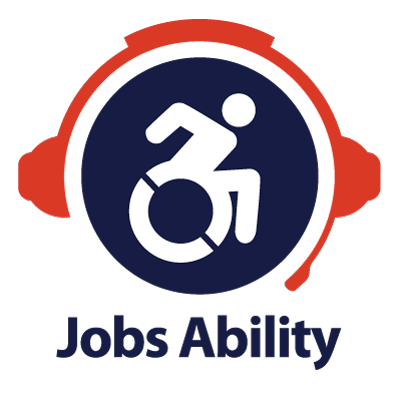
Challenges are Opportunities in Beijing!
April 1, 2016Sara’s Ability Within – @sarafox5dc
May 19, 2016By John Robinson, Author of Get Off Your Knees
I watch politics. I like watching political coverage on the news. I start most of my mornings with MSNBC and Morning Joe. Tuesday, April 12, I was waiting for Morning Joe special guest Bono to discuss his upcoming testimony to Congress. As I was waiting, one of the segments began about a new book on Asperger’s. Highlighting a new book nothing new for morning television.
Ron Fournier was a longtime political reporter for the Associated Press. His appearance was to discuss his new book “Love That Boy.” It is a memoir about raising his son Tyler – a young man with Asperger’s. It became apparent watching the interview that this is a personal story for most of the people on the Morning Joe set. Joe Scarborough mentioned Asperger’s has touched his life in some way. Nicolle Wallace welled-up with the reflections in the book. They all discussed the intricacies of the memoir.
I purchased the book at the end of Morning Joe – electronic version. I downloaded, started and finished the book in the same day. I am struck with how Mr. Fournier’s personal journey raising a child with Asperger’s is so similar to all of our stories as parents. We all struggle with how we raise our children. As an advocate for individuals with disabilities, I understand one out of two people will be indirectly affected by disability in their lifetime-a child, parent, etc. I know that nearly 15% of the United States has a disability or will age into a disability. Those numbers are growing in part with the increase in autism and Asperger’s. As a parent, I empathize with the struggle of raising good children to become productive citizens. As an individual of the disability myself, I understand what it means to be “different,” and yet having to learn to be comfortable and proud to be “different.”
At the same time, the book is a wonderful look at Tyler. In most of the anecdotes, you get to see the positive attributes in Asperger’s. Ron Fournier lists them at the end of the book. Hard working, brutally honest and fantastic with detail. At Our Ability, we understand this as well. About two months ago, we were asked to produce a testimonial video of two successful individuals working in our community (video below). I enjoyed the interview process that morning. While I saw the struggle with eye contact especially in front of the camera, I noted the complete attention to detail in the answers to our questions. I saw how this attention to detail and diligence fit well with their existing employment. I reflected that morning on how proud the family members of these individuals must be.
Ron Fournier discusses the anxiety we all have as parents. We continue to balance our dreams we have for our children with the realities our children face. Our dreams do not always reflect the strengths in our children. It is a constant struggle. As parents we want our children to be the best individuals they can be in life. I found myself while reading “Love That Boy,” reflecting on the hopes and dreams I have for our three children. And, how proud I am of them.
